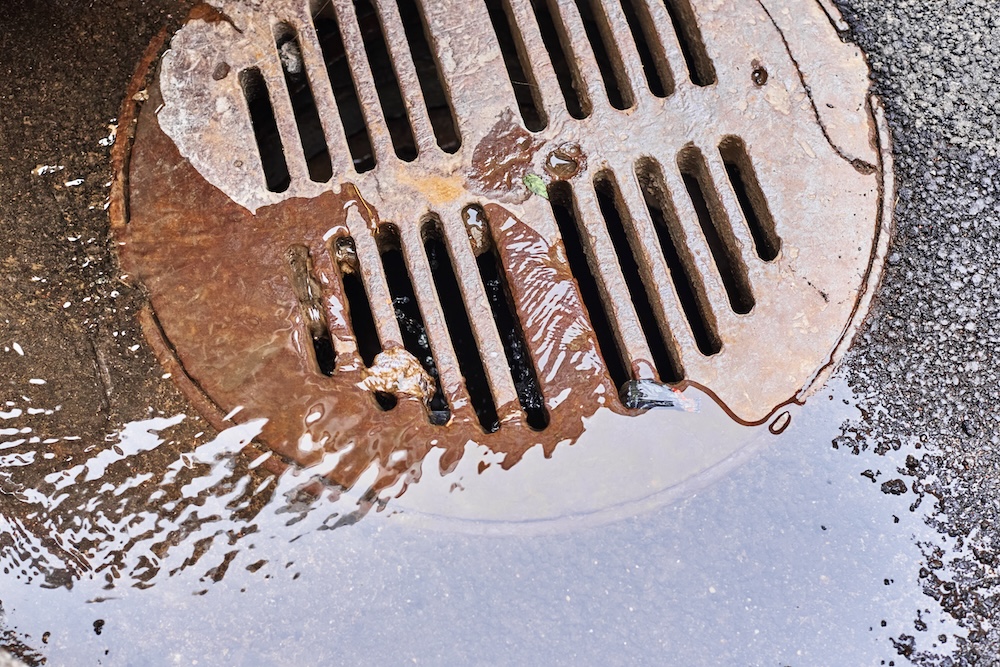What Are Odor Compounds?
Odor compounds are chemical substances that release scents detectable by humans or animals. While some are pleasant (like lavender or citrus), others are pungent or toxic—especially those associated with industrial pollution, decaying waste, or volatile chemical emissions.
Understanding these compounds isn’t just about comfort—it’s about environmental and public health.
Sources of Harmful Odor Compounds
1. Industrial Emissions
- Factories, refineries, and chemical plants emit volatile organic compounds (VOCs)
- Examples: benzene, toluene, formaldehyde
- Many are both odorous and hazardous to health
2. Wastewater and Sewage
- Decomposing organic matter releases hydrogen sulfide (“rotten egg” smell)
- Ammonia and methane are also common
- Often linked to inadequate sewage systems and treatment plants
3. Landfills and Composting Sites
- Methanethiol and dimethyl sulfide cause strong smells
- Poorly managed waste can emit long-lasting odors
- Nearby communities often experience odor-related quality of life issues
4. Agriculture
- Animal waste, manure lagoons, and fertilizers contribute
- Compounds include ammonia, skatole, and indole
- These smells can carry over long distances and pose respiratory risks
5. Household Cleaners and Personal Products
- Fragrances and masking agents can release VOCs
- Not all pleasant smells are safe—synthetic fragrances can contribute to indoor air pollution
Why Odors Matter: Environmental Impact
- Air Quality Degradation: Many odor compounds are also pollutants
- Health Effects: Chronic exposure can cause headaches, respiratory issues, and even neurological effects
- Wildlife Behavior: Strong odors may disrupt animal foraging, mating, or migratory behavior
- Environmental Justice: Communities near industrial zones often suffer from persistent odor pollution and associated health disparities
Natural vs. Synthetic Odor Compounds
| Type | Examples | Risk Level |
|---|---|---|
| Natural | Sulfur, ammonia, terpenes | Varies; can still be harmful in high doses |
| Synthetic | Artificial fragrances, VOCs | Often linked to respiratory and hormonal effects |
Microbial Life and Odor
- Microbes help break down waste, producing gases and odor compounds
- Healthy ecosystems use microbial activity to detoxify and balance environments
- Disrupted or imbalanced microbial systems can cause overwhelming, harmful odors
Common Questions
Are all odor compounds dangerous?
No, but many strong or synthetic smells indicate volatile compounds that can affect air quality.
Why do VOCs smell?
Because they readily evaporate into the air, many VOCs are detected by the nose before causing symptoms.
Can natural smells be harmful?
Yes—high concentrations of hydrogen sulfide or ammonia, for example, can be dangerous even though they occur naturally.
How can odor pollution be reduced?
Better waste management, pollution controls, low-VOC products, and ventilation can all help.
Final Thoughts
Odors aren’t just sensory experiences—they’re chemical clues. Recognizing the sources and impacts of odor compounds helps us take informed action to protect public health and preserve environmental balance.
Next time something smells “off,” it might be your nose alerting you to something deeper in the air we share.









Reader Interactions